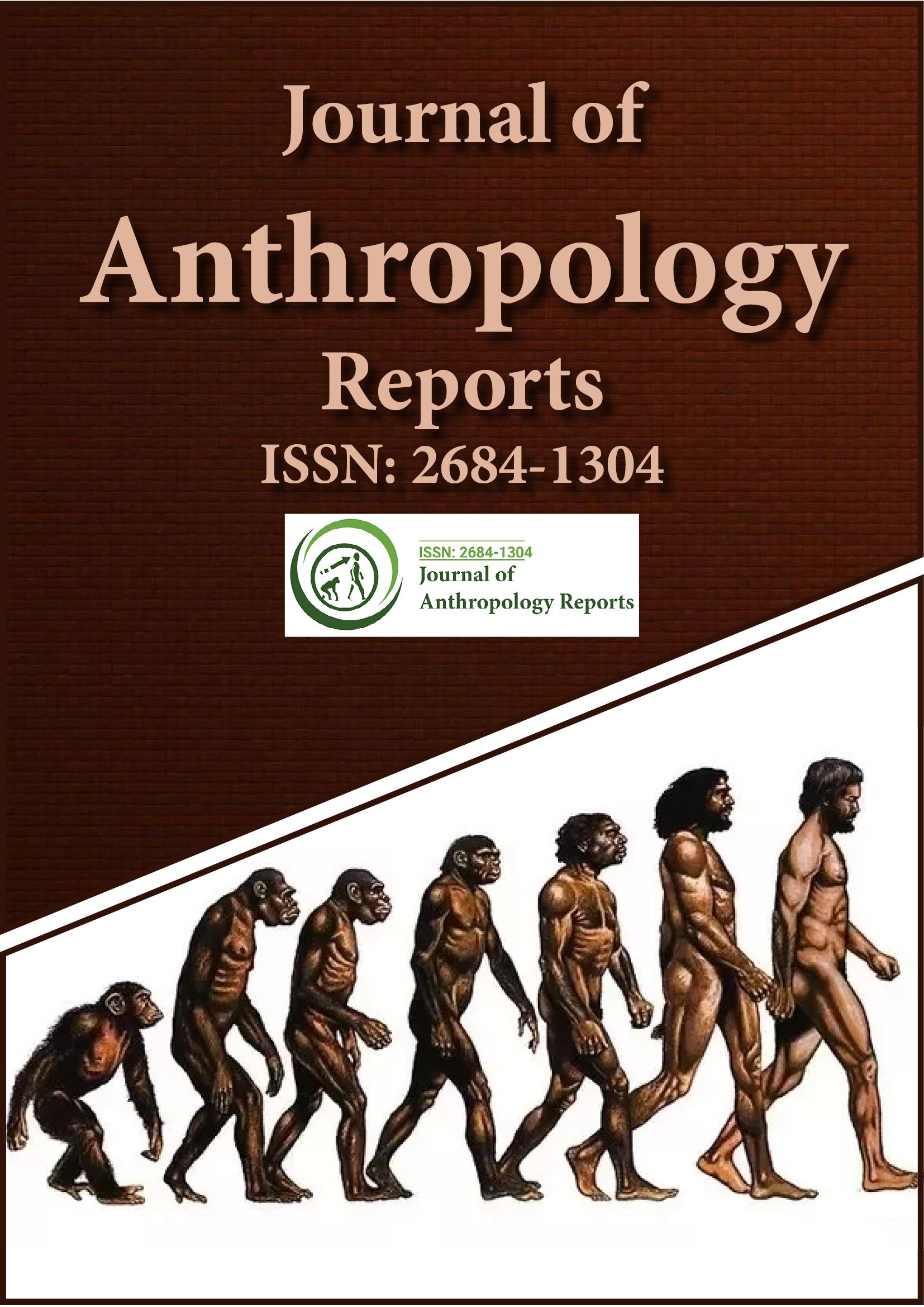indexado en
- Búsqueda de referencia
- Universidad Hamdard
- EBSCO AZ
Enlaces útiles
Comparte esta página
Folleto de diario

Revistas de acceso abierto
- Administración de Empresas
- Agricultura y Acuicultura
- Alimentación y Nutrición
- Bioinformática y Biología de Sistemas
- Bioquímica
- Ciencia de los Materiales
- Ciencia general
- Ciencias Ambientales
- Ciencias Clínicas
- Ciencias farmacéuticas
- Ciencias Médicas
- Ciencias Veterinarias
- Enfermería y Cuidado de la Salud
- Genética y Biología Molecular
- Ingeniería
- Inmunología y Microbiología
- Neurociencia y Psicología
- Química
Abstracto
Detection of Skeletal Trauma on Whole Pigs Subjected to a Fire Environment
Koch S1* and Lambert J2
Fire can cause alterations in bone stability and composition that may impact an anthropological analysis of skeletal morphology and trauma. In this study, the extent that fires of different duration and intensity affected trauma analyses during a compartment fire was tested This study incorporated on site scene analysis to examine the significance of trauma identifications from burnt bodies in forensic cases and the impact that fire investigation plays on the ability to recognize, preserve, and analyze skeletal elements from burned remains. Whole pig carcasses were subjected to sharp force, blunt force, and gunshot trauma to investigate the influence of intense fire conditions on these injuries. The perimortem trauma marks were then assessed in relation to their exposure in a compartment fire that progressed through flashover conditions. This study found that fire can differentially influence an analyst’s ability to recognize and analyze wounds in the limbs vs the torso but was still recognizable and often protected in the postcranial body.
Highlights:
• Skeletal trauma impact marks survivability in post-flashover fire conditions;
• Postcranial trauma protected by soft tissue post flashover;
• Fire related skeletal trauma differs from sharp force, blunt force, and gunshot trauma.